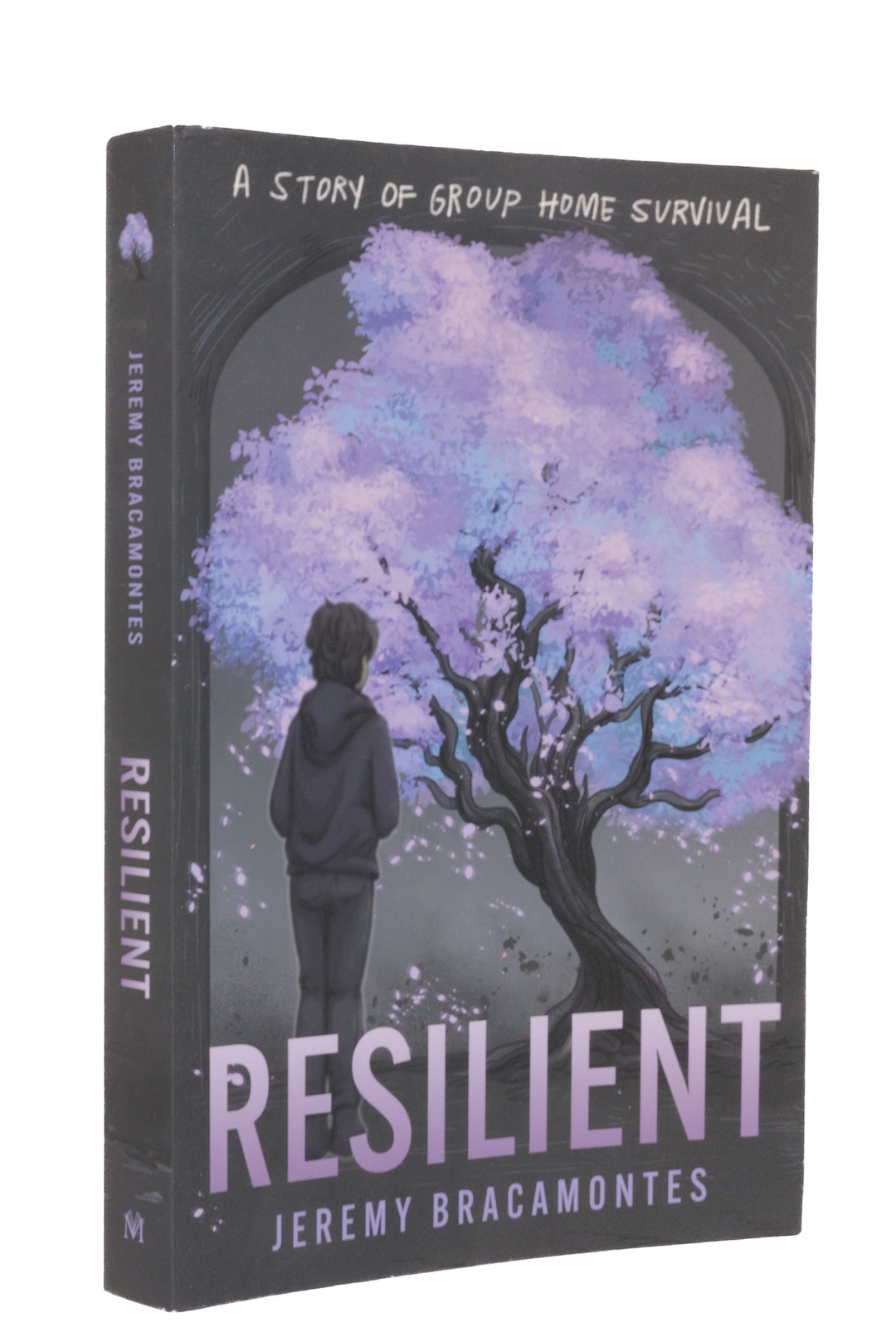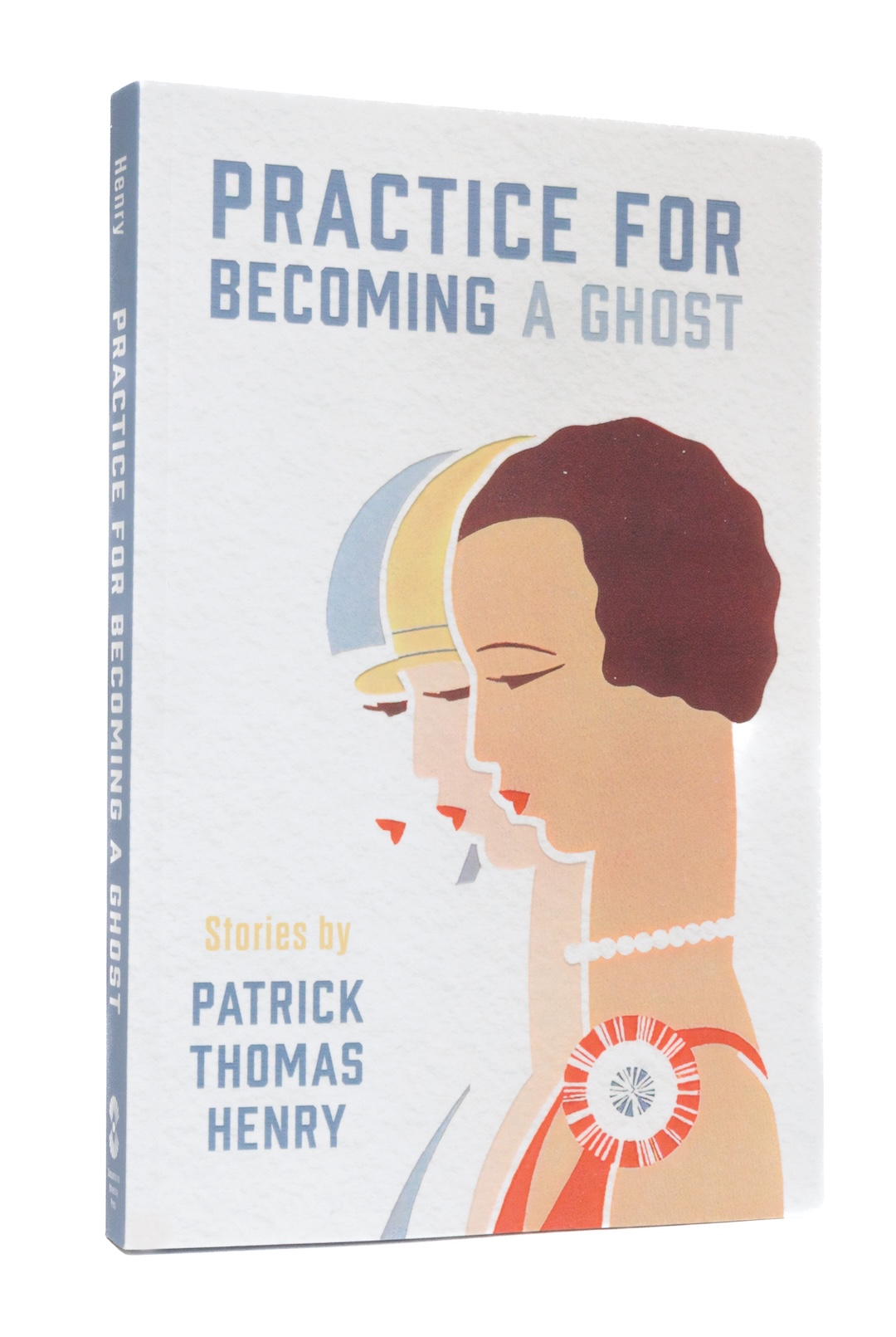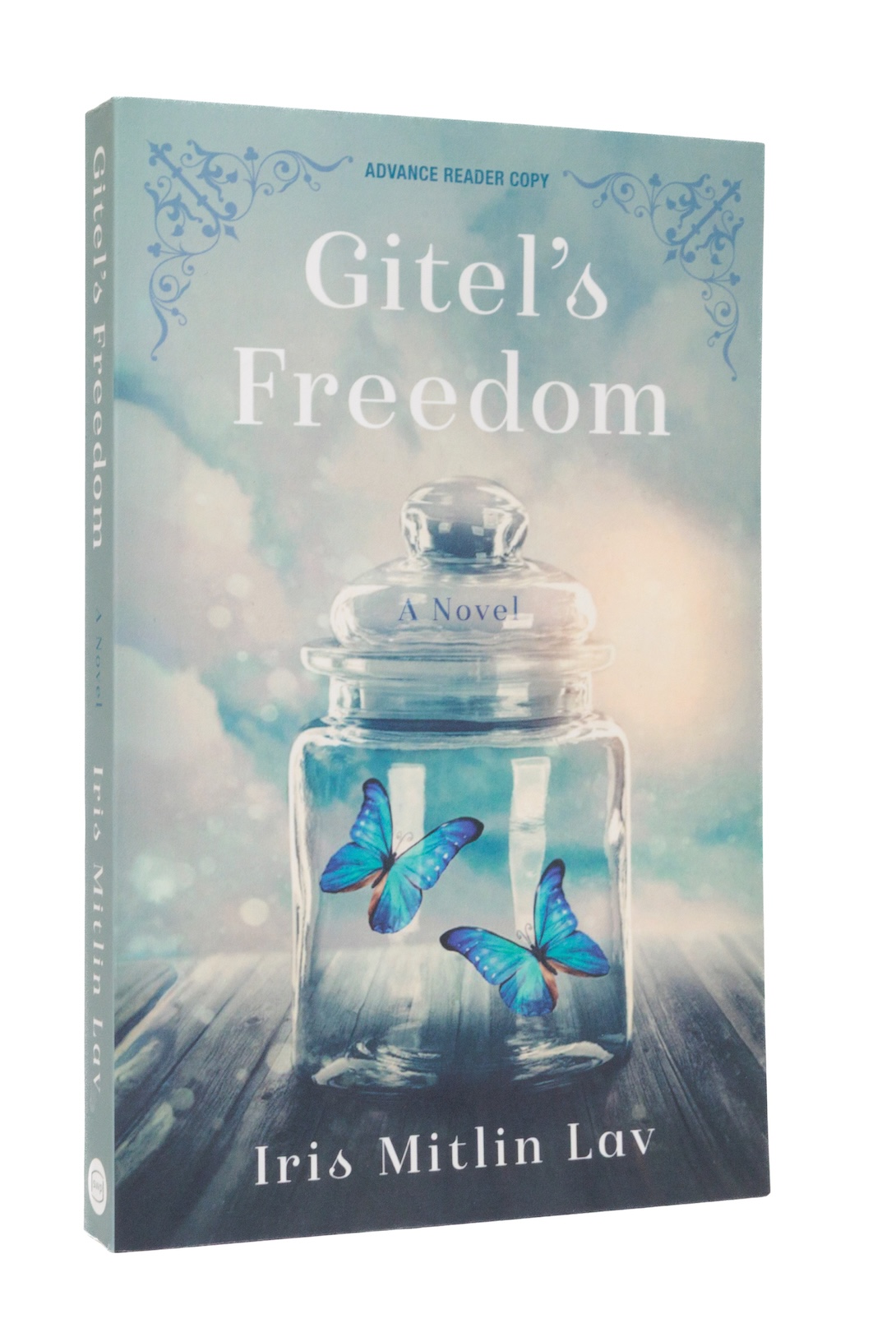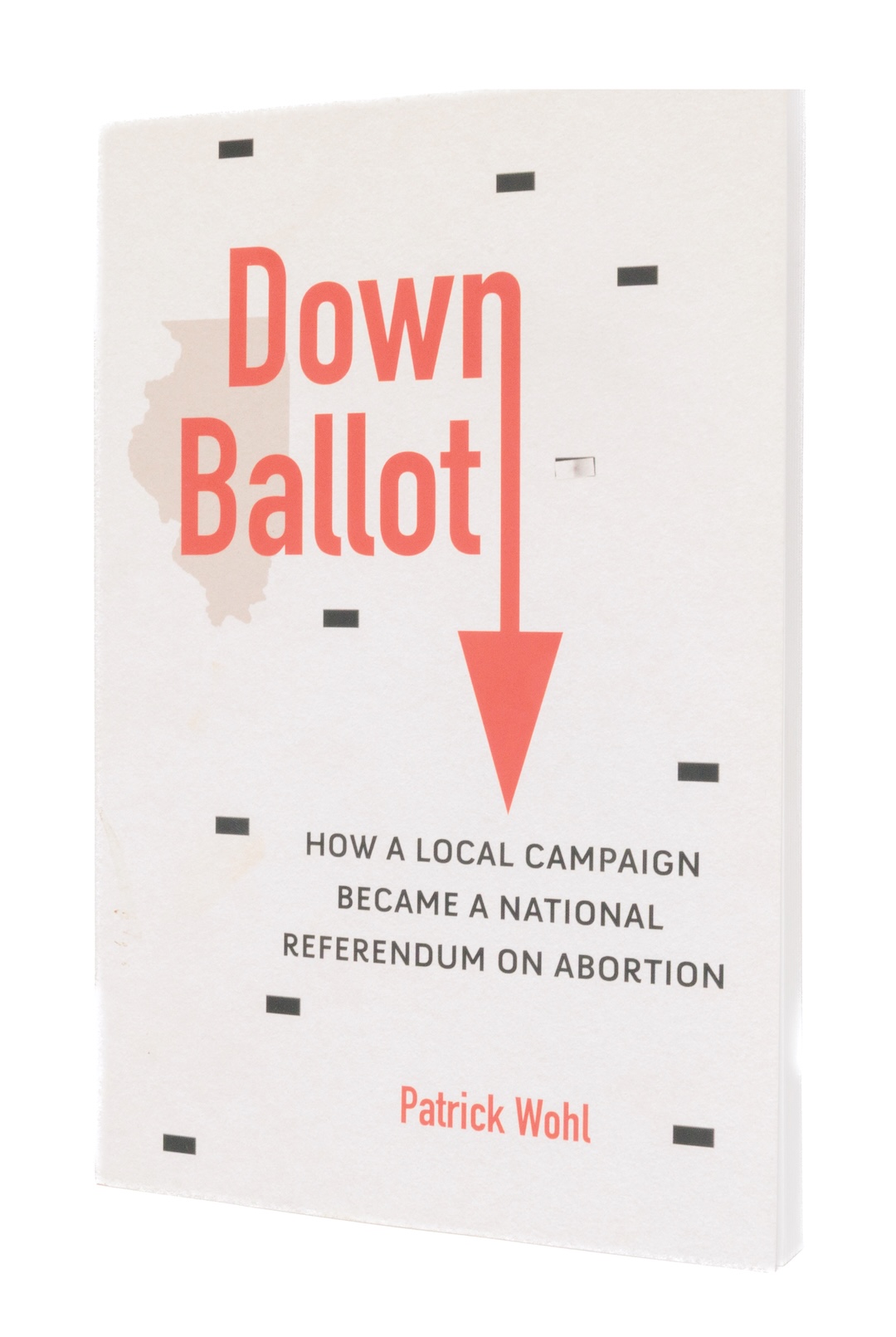Bookshelves Summer 2025
Bookshelves
Managing in a World of Digital Overload
Professor Richard Cytowic tackles the overwhelming presence of screens in our lives.
//By Greg Varner

Is technology your friend? Is the omnipresence of digital screens eroding our quality of life? Richard Cytowic, clinical professor of neurology and rehabilitation medicine in the School of Medicine and Health Sciences, addresses these questions in his new book, “Your Stone Age Brain in the Screen Age: Coping with Digital Distraction and Sensory Overload” (MIT Press, 2024). In a conversation with GW Magazine, Cytowic talked about how our limited attention can survive the glut of distraction, and the wisdom of regularly powering down.
Q: In your book, you say that our brains are not equipped to handle all the distractions of contemporary life. How can we manage that problem?
A: The best way would be to turn your phone off or put it face down. But most people can’t or won’t do that. In the book, I explain that people don’t realize how their screens and devices are distracting them. I look at my email when I get up in the morning, and then I don't look at it again until 4 p.m. That’s part of the solution—to not look at it.
Q: Some writers have observed that the internet had the potential to make us smarter and more connected but has instead dumbed us down in our silos. Do you agree?
A: Ha! It doesn’t make us more connected. It makes us more isolated. “Social media” is an oxymoron. It’s not making us more social at all. When the internet first came into being, I was thrilled that I could write a message to friends in England or in some other far-flung time zone and not worry about the time differences. But then the internet became just a flood of junk from everywhere, and our communications with friends got lost in the shuffle. We have no way to filter all that unwanted content out.
Our attention spans have simply gone to hell. And people are so focused on their phones that they walk into telephone poles and step into traffic. Selfies kill more people than shark attacks. You can Google selfie deaths and read about people who take selfies in dangerous situations, trying to get something post-worthy, and then end up killing themselves. These devices have a way of sapping our attention spans until we are not aware of anything else going on around us.
Q: Hasn’t every new technology sparked fears about a crisis of attention?
A: Well, yes, that’s true. Socrates said the invention of writing would kill our ability to remember anything. That’s a very old complaint. Much more recently, people said TV and comic books were going to cause brain rot, and they didn’t. But screen saturation, I think, is at such a level that we can’t deny that it’s doing something negative to us.
Q: Does your worry about screens extend to the movies?
A: I don’t think movie screens are a problem, because we’re looking at them in a certain context. When we’re watching a film, we’re not being distracted by other things. We watch a film for about 90 minutes, and we’re focused on it, as long as we’re not looking at something else on our laptop or iPad at the same time. We follow the story in a linear pattern, and we’re not interrupted by all sorts of stuff. But when we’re looking at our phones or other digital screens, we are constantly being distracted. The screen robs your attention from what you’re actually trying to do. We’re being distracted from our lives!
Q: Some argue the human brain wasn’t built to pay sustained attention.
A: When our brain evolved in the Stone Age, you were dealing with your small peer group. Everybody knew one another. And things didn’t change much unless there was some kind of external threat. There wasn’t much out of the ordinary that happened. And when it did, it threw us into an alarm. Today, things are changing so rapidly, so quickly, every day, many times an hour, that our brain isn’t prepared for it.
Our brains are change agents. We’re alert to any change. So there we were, hunting, gathering, socializing, and all it took to put us on high alert was a strange noise, the snap of a twig, the growl of an animal, a smell of smoke. But that didn’t happen very often.
The brain is not meant to be “on” 24/7, to be stimulated constantly. We need off periods, periods of silence. That’s why taking a walk around the neighborhood and just looking at the trees is hugely beneficial—without your phone, of course—because you’re shut off from this constant cacophony that accompanies our day. Just sitting outside under a tree is enough, because natural spaces are very restorative. Go outside, take a walk, look up at the buildings, the sky, the clouds, the trees. It only takes 30 seconds of doing nothing to throw the circuit breaker on this relentless busyness and hyperfocus on screens. It’s like an instant meditation.
Q: You’ve said that the popular notion that we use only 10% of our brains is a canard. Why?
A: If 90% of our brains went unused, then evolution should have discarded it long ago, because it’s hugely energy intensive to maintain it if it’s doing nothing. To be energy efficient, the brain uses 1 to 16% of its cells at any given moment. All of it’s being active, but not all at the same time. We’re using a small percentage in any given instance to take care of whatever needs to be handled. Our brain has a fixed bandwidth of attention and energy that is overwhelmed by modern life. No amount of diet, exercise, Sudoku puzzles and supplements can increase the amount of bandwidth that our brain has to work with. We have to learn to work with the bandwidth that we’re given.
"Resilient: A Story of Group Home Survival" (Mascot Books, 2024)
by Jeremy Bracamontes, M.P.S. ’18
Bracamontes gives a harrowing account of growing up in and out of shelter homes, foster care and orphanages in the Southern California of the ’80s and ’90s. After his father’s early death from cancer and his mother’s descent into heroin addiction, the 6-year-old Bracamontes is sent to his first orphanage in 1986. What follows is nearly a decade in the tumultuous world of the child welfare system where small acts of kindness helped fuel his survival and resiliency. “Any time life became hard to bear, I remembered what I survived,” he writes, looking back at his experience. “That invisible mantle of strength became the steppingstone for a way of life that centered on never giving up.”

"Interior Design Is Not Decoration and Other Ideas" (Laurence King Publishing, 2024)
by Professors Stephanie Travis and Catherine Anderson
In writing, color and images, the two Corcoran School of the Arts and Design professors showcase the breadth of interior design—that it encompasses books, lighting, color theory, space planning, furniture, sustainability and a lot more. “We want to share the complexities of this innovative, multi-faceted, dynamic discipline,” they write. “It’s important to understand that well-designed interiors have the power to make users feel, engage and thrive—a successful interior provides the backdrop to a happy, safe and productive life.”

"Practice for Becoming a Ghost" (Susquehanna University Press, 2024)
by Patrick Thomas Henry, Ph.D.’17
In a series of short stories, Henry, an associate professor at the University of North Dakota, explores the blurry line between reality and fantasy, reflecting on grief and the inevitability of becoming a ghost. One story depicts a father speaking to his deceased wife while his daughters face danger; another follows a group of journalists watching people around them morph into birds; and the title story centers on the aftermath of a woman’s request that her romantic partner pretend she is invisible to everyone but him. Throughout the stories, characters wrestle with memory, loss and transformation in settings ranging from Washington, D.C., to rural Pennsylvania to 19th-century Ireland.

"Gitel’s Freedom" (She Writes Press, 2025)
by Iris Mitlin Lav, M.B.A. ’72
Lav paints a picture of the challenges, opportunities and limitations for Jewish immigrants in early 20th-century America through the story of Gitel, who was brought to the U.S. from Belorussia as a girl. In 1911, Gitel’s family joins her father in South Bend, Ind., where she grows up constrained by her religious parents’ beliefs about the roles of girls and women. Not allowed to pursue her dream to go to college, she enters an early marriage that is tested by the Great Depression. When her husband has a massive stroke, she is forced to take on the roles of caretaker and breadwinner—a tremendous responsibility that also allows for the freedom she has craved her entire life.

"Down Ballot" (University of Illinois Press, 2024)
by Patrick Wohl, B.A. ’16
Wohl, a former campaign staffer, tells the story of a decades-old Illinois state primary contest that centered on abortion to make the case for the importance of down-ballot contests. In 1990, Rosemary Mulligan, a supporter of abortion rights, ran against anti-abortion advocate Penny Pullen for the Republican nomination for state representative. The contested election, which was won by 31 votes, and its legal aftermath ultimately became a basis for arguments in Bush v. Gore. “It was a state legislative campaign that found itself in the spotlight as a national proxy war on the issue of abortion,” he writes. “It was a legal battle that would be eventually cited as precedent in the most important election case of our country’s history. And it was a story that illustrates the behind-the-scenes machinations of state and local politics that is often overlooked.”

Photography: William Atkins


